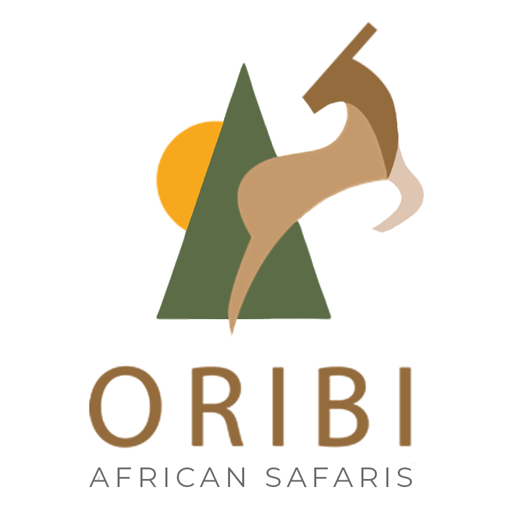On the Trek Faqs
The number of equipment items you should carry for your Mount Kilimanjaro trek depends on various factors, including the duration of your trek, the chosen route, and personal preferences. Essential items generally include a durable backpack, proper hiking boots, weather-appropriate clothing, a sleeping bag suitable for low temperatures, a daypack, a hat for sun protection, and a camera for capturing the breathtaking views. Additional items may include trekking poles, a water bottle, a headlamp or flashlight, and any necessary personal items. It’s advisable to check with your tour operator for a detailed packing list tailored to your specific trek. Remember to pack efficiently, prioritizing essential items for a comfortable and successful climb.
If you find yourself trekking at a slower pace than other participants, there’s generally no need to worry. Experienced guides on Mount Kilimanjaro are accustomed to varied trekking speeds among climbers and are skilled in managing diverse groups. Your guide will ensure the group maintains a suitable pace for acclimatization and will often employ a “pole pole” approach, meaning “slowly slowly” in Swahili. It’s crucial to communicate openly with your guide about your pace and any concerns you may have. Trekking at a slower speed can actually be beneficial for acclimatization and may enhance your overall experience. Additionally, most Kilimanjaro routes have designated resting points, and the group typically regroups at these spots, allowing everyone to trek at their own comfortable pace while ensuring the safety and enjoyment of the entire group
If reaching the summit becomes challenging for you, it’s important to prioritize your safety and well-being. Communicate openly with your guide about how you’re feeling, as they are experienced in assessing the physical condition of trekkers. Depending on the circumstances, your guide may suggest a slower pace, additional rest breaks, or other adjustments to accommodate your needs. If continuing to the summit becomes impractical, descending to a lower altitude may be recommended to alleviate symptoms of altitude-related issues. Remember that not everyone reaches the summit, and your safety is the top priority. Kilimanjaro is a challenging climb, and factors like altitude, physical condition, and weather can impact the journey. Focus on the incredible experience of the trek and the unique landscapes you encounter, regardless of reaching the summit.
Accommodations during the trek on Mount Kilimanjaro vary depending on the route and the trekking package chosen. Typically, trekkers stay in mountain huts or tented campsites at designated points along the route. The accommodation is basic but provides the necessary facilities, such as sleeping quarters, communal dining areas, and sometimes shared bathroom facilities. Some routes, particularly the Marangu route, offer more permanent structures, resembling alpine huts, while other routes involve camping in tents. It’s important to check with your chosen tour operator for specific details about the accommodation options on your selected route, allowing you to prepare adequately for the conditions you’ll encounter during your climb on Mount Kilimanjaro.
